Unveiling the Epic: The Making of Oliver Stone’s “Alexander”
Oliver Stone’s 2004 colossal epic, “Alexander,” was not merely a film; it was an ambitious cinematic undertaking to translate the sweeping grandeur and complex psyche of one of history’s most enigmatic figures onto the big screen. From the arid deserts of ancient Persia to the intimate relationships that shaped his destiny, Stone sought to deliver an immersive and deeply human portrayal of Alexander the Great. This behind-the-scenes look delves into the monumental effort required to resurrect an empire and its legendary conqueror.
The Visionary’s Gambit: Oliver Stone’s Ambitious Scope
Director Oliver Stone, renowned for his unflinching historical dramas, embarked on “Alexander” with a clear, albeit challenging, vision: to depict not just the military might of Alexander III, but also his intellectual ambitions, his quest to spread Greek culture, and the profound personal struggles that defined his reign. The film opens in 336 BC, portraying a young, untested Alexander (Colin Farrell) forced to step into the giant shoes of his assassinated father, King Philip II (Val Kilmer). Stone’s narrative commitment was to unravel the evolution of a man from a fervent youth to a god-king, grappling with the weight of destiny and the human cost of conquest.
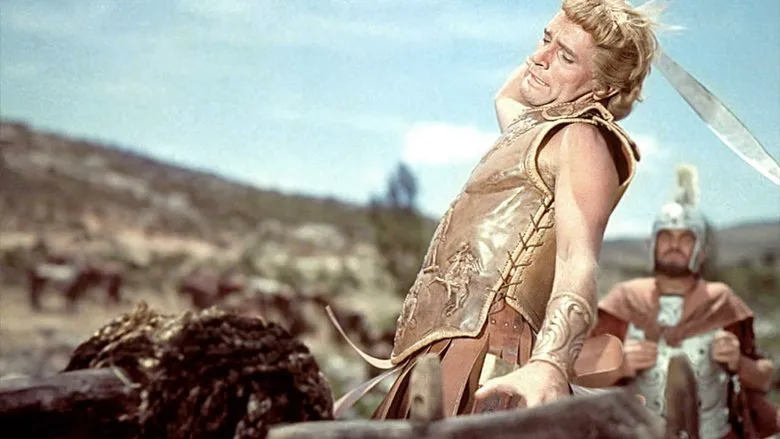
The film’s ambition demanded meticulous historical accuracy in its sprawling sets, intricate costumes, and strategic battle formations. Stone’s unwavering dedication to portraying Alexander’s nuanced life, including his tender relationships with companions like Hephaestion, signaled a departure from purely action-driven historical films, aiming instead for a psychological epic.
Mastering the Art of War: Orchestrating Epic Battles
The heart of “Alexander” lies in its breathtaking and brutal battle sequences, crucial to portraying the military genius of its titular character. From the early triumph at Granicus to the strategic masterpiece of Issus and the climactic clash at Gaugamela, each battle presented immense logistical challenges. Oliver Stone, working with his production team, recreated these historical confrontations on an astonishing scale, involving thousands of extras, vast practical sets, and the seamless integration of visual effects.
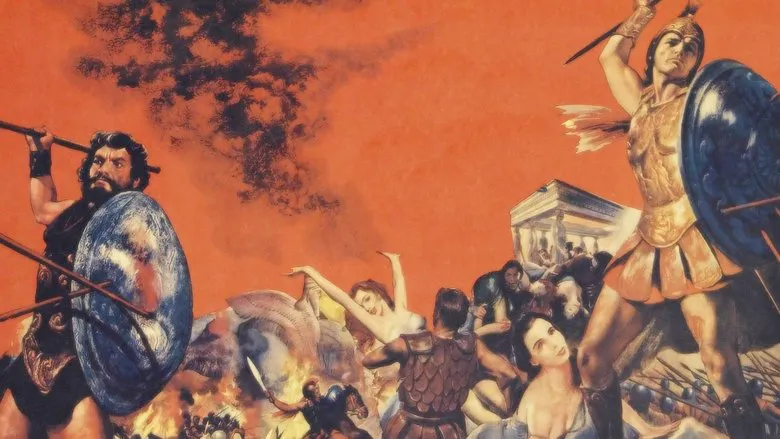
The Battle of Tyre, in particular, showcased Alexander’s ingenuity and the production’s commitment to grandeur. Recreating the siege of an island city required an intricate mix of digital enhancements and practical effects to convey the chaos, bloodshed, and strategic brilliance. For the cast, especially Colin Farrell, these sequences were physically demanding, requiring rigorous training to embody the warrior king’s ferocity and leadership on horseback.
Faces of an Empire: Assembling the Stellar Cast
Bringing historical figures to life requires more than just resemblance; it demands a deep dive into character. Colin Farrell, cast as the emotionally complex Alexander, underwent a significant transformation, both physically and psychologically, to embody the volatile brilliance of the young king. Val Kilmer’s portrayal of the formidable Philip II laid the groundwork for Alexander’s tumultuous legacy.
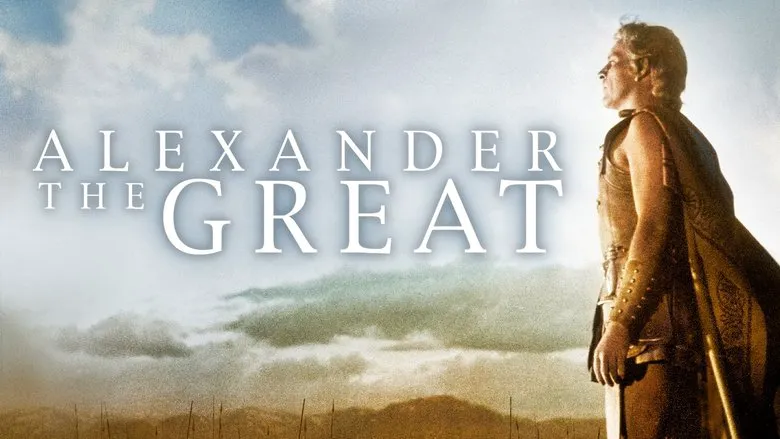
Furthermore, the film delves into Alexander’s intricate personal relationships, notably with Hephaestion and Ptolemy, which were integral to understanding his character arc. These were not just supporting roles but essential character studies that provided a glimpse into Alexander’s emotional vulnerability and the complex dynamics within his inner circle. Much attention was paid to the intensity and often romantic nature of these bonds, reflecting Stone’s ambition to present a comprehensive, three-dimensional portrait of Alexander.
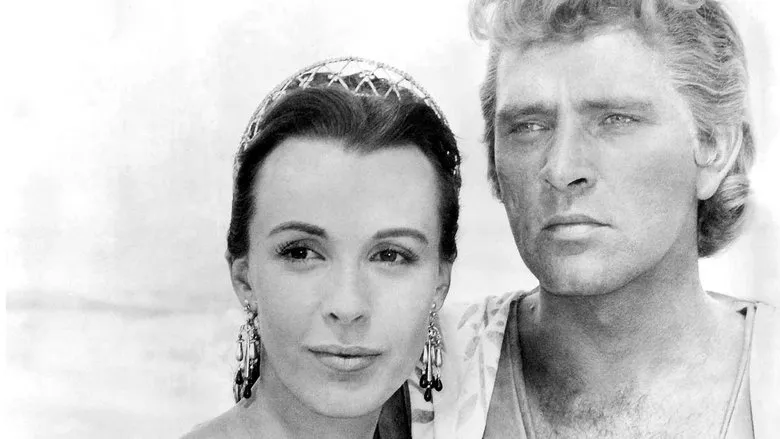
Traversing Empires: Locations and Production Design
To capture the vast sweep of Alexander’s conquests, from the rolling hills of Macedonia to the scorching deserts of Babylon and beyond to India, “Alexander” was filmed in diverse and challenging locations, transforming arid landscapes into bustling ancient cities and epic battlegrounds. The production design team embarked on a massive effort to recreate ancient civilizations, from the Macedonian court to the opulent Persian palaces and the exotic locales Alexander encountered during his relentless march eastward.
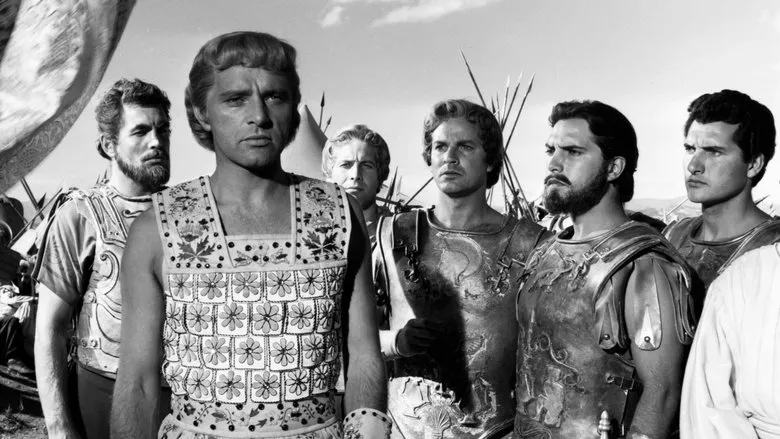
Every detail, from the intricate armor of the Macedonian phalanx to the flowing robes of Persian royalty and the unique weaponry of the various peoples Alexander encountered, was painstakingly researched and crafted. This meticulous attention to detail ensured that the world of Alexander the Great felt authentic and vibrant, pulling audiences into a bygone era of immense power and profound change.
The Legacies and Challenges of Power
Beyond the spectacle, “Alexander” grapples with profound philosophical questions about power, ambition, and the human cost of empire-building. The film’s final act, as Alexander pushes his men past breaking point in the treacherous deserts and confronts his own mortality, reflects the director’s desire to show the personal toll of such an extraordinary life. The closing funeral procession is a poignant reflection on a life lived at full throttle, leaving behind a complex, indelible mark on history.
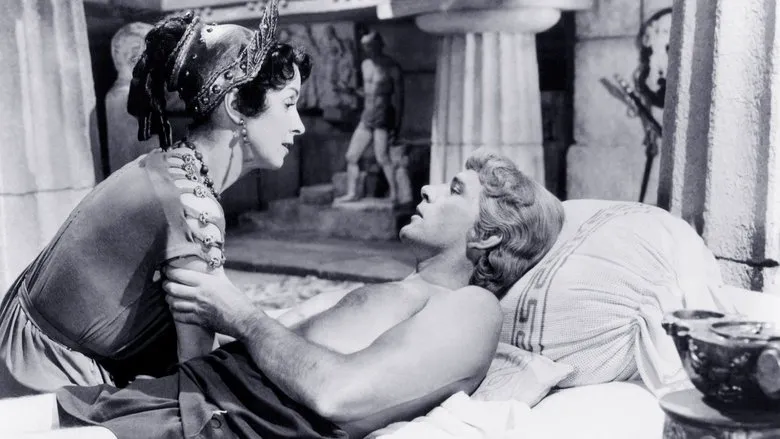
Ultimately, Oliver Stone’s “Alexander” stands as a testament to grand-scale cinematic ambition. While its reception was varied upon release, it remains a monumental achievement in historical filmmaking, a work that dared to delve into the mind of a conqueror, exploring his triumphs, flaws, and the colossal legacy he left behind. The making of “Alexander” was as epic and challenging as the life it sought to portray, a true journey into the heart of an empire.